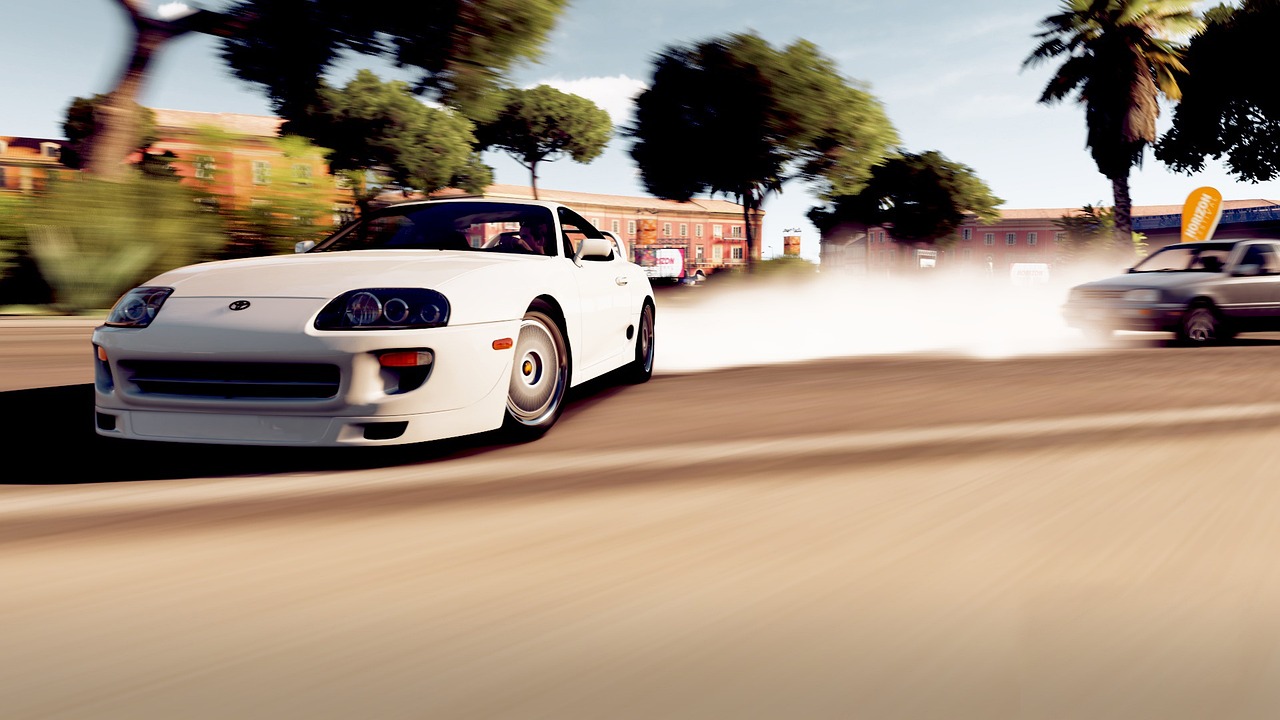How to Start a Motor Controller Using PLC
This article provides a basic introduction to the world of motor controllers and how they can be used with PLCs. Motor controllers are devices that control the speed, direction, and other parameters of a motor. They are widely used in industrial automation, robotics, and other fields. This article explains how to get started with motor controllers, including choosing the right model for your application, connecting it to your PLC, and writing the necessary code. It also provides tips on troubleshooting and maintaining your motor controller system. Whether you're a beginner or an experienced PLC programmer, this article has something for everyone. So, if you're interested in learning more about motor controllers and how they can be used with PLCs, read on!
In the industrial automation field, motor controllers and PLCs (Programmable Logic Controllers) are two crucial components that often work together. PLCs are used to monitor and control various processes, and motor controllers are responsible for managing the speed, direction, and other aspects of electric motors. Here’s a step-by-step guide on how to use a PLC to start a motor controller:

1. Programming the PLC:
Before connecting the PLC to the motor controller, you need to program it. This involves writing a logic program that defines when and how the motor should be started. For example, you may want the motor to start when a certain condition is met, such as the presence of a signal from a sensor. You can use a PLC programming software to write and test the program before implementation.
2. Connecting the PLC and Motor Controller:
Once the PLC is programmed, you need to connect it to the motor controller. This usually involves connecting wires from the PLC’s output ports to the motor controller’s input ports. Ensure that the connections are made correctly and according to the manufacturers’ specifications to avoid any damage to the equipment.
3. Configuring the Motor Controller:
After connecting the PLC and motor controller, you need to configure the motor controller. This involves setting its parameters, such as the desired speed, direction, and any other relevant settings. You can usually configure the motor controller using a separate software tool or through a built-in interface on the device itself.
4. Operating the System:

Once everything is set up, you can test the system by sending a signal from the PLC to start the motor. If everything is connected and configured correctly, the PLC should be able to control the motor controller, allowing you to start, stop, or adjust the speed of the motor as needed.
5. Monitoring and Troubleshooting:
It’s essential to monitor the system’s performance regularly, ensuring that the motor is operating as expected. If there are any issues, you may need to troubleshoot the system. This could involve checking the PLC program, connecting wires, or checking the motor controller’s settings and logs for any errors or warnings.
Safety Considerations:
When working with PLCs and motor controllers, safety should always be a top priority. Make sure to follow all relevant safety guidelines, including working with properly grounded equipment and avoiding contact with any live electrical components. Additionally, it’s essential to ensure that any automated systems being controlled by the PLC are also operating within safe parameters.
In conclusion, using a PLC to start a motor controller is a common task in industrial automation. By following these steps and exercising caution, you can successfully set up and operate such a system, ensuring both safety and efficient motor operation.
Articles related to the knowledge points of this article:
The application of engineering PLC controllers in modern industry
Guanyu PLC Controller Company: Innovation and Quality in Action
How to Select a PLC Controller
PLC Controller Programming Modifications